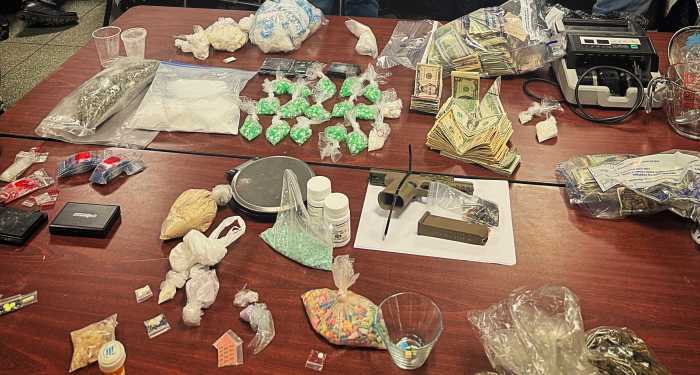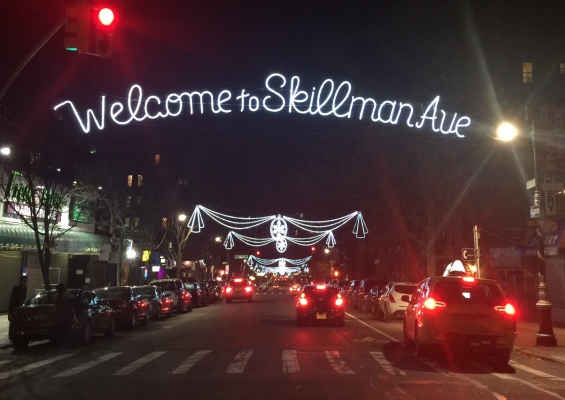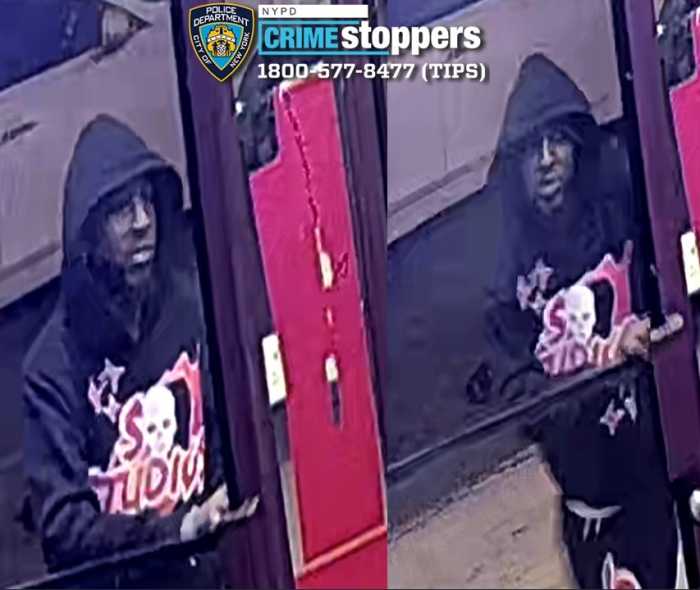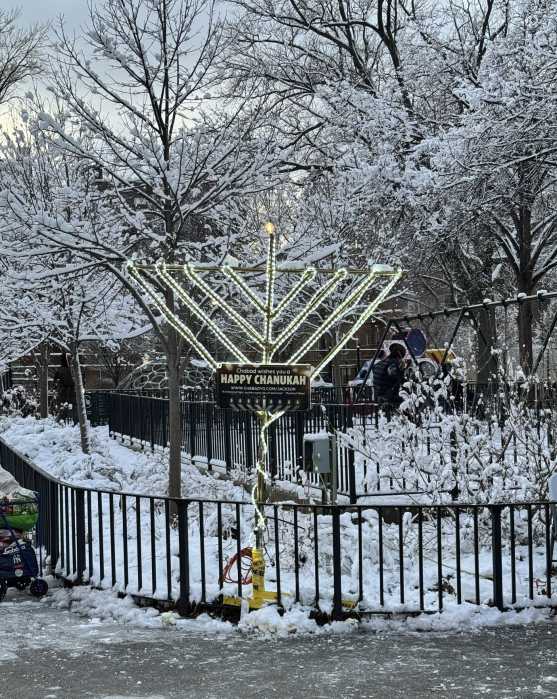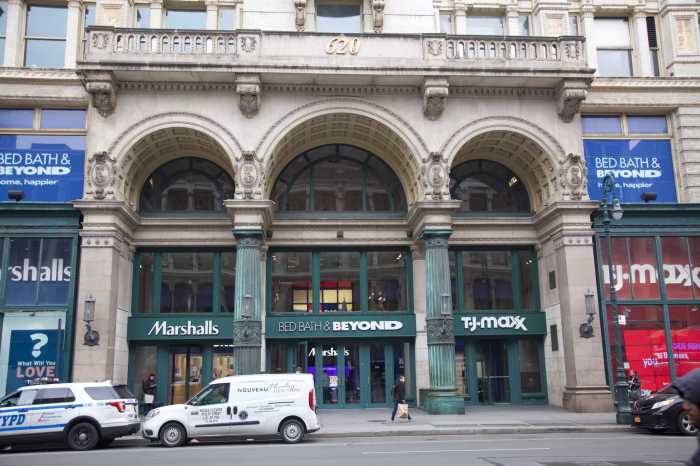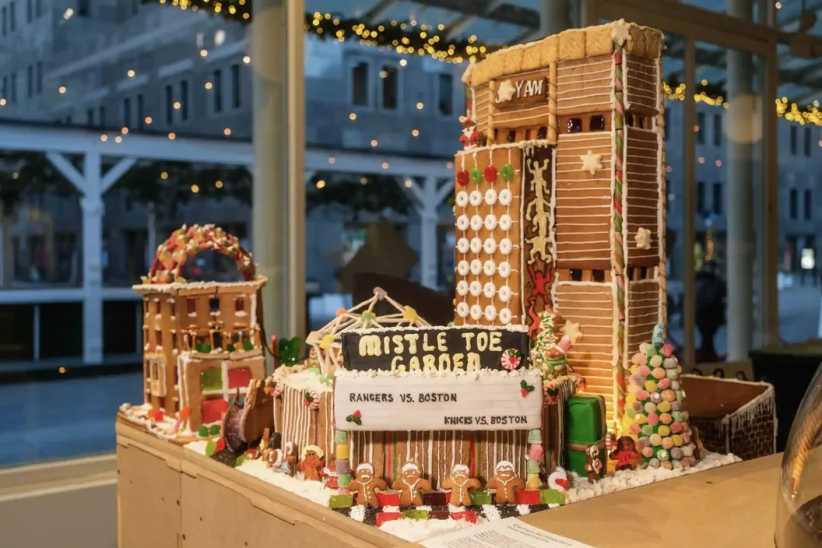By The Times/Ledger
Oliver Allen writes in his book New York, New York: “So many Asians…have settled in Flushing that the subway line serving the area has come to be known as the Orient Express.” Truth be told, that's the No. 7 line, and Queens Council on the Arts has a booklet in which you discover that each stop along the way offers tastes from various corners of the world. That turns the No. 7 into an “International Express,” which in 1999 has been designated a National Millennium Trail by the White House.
Flushing, along with Elmhurst and Jamaica, is one of the three colonial villages in Queens. It was the site, in 1737, of the first commercial nursery in America -George Washington made a special trip to see it – and the home of the Quaker settler, religious freedom fighter, John Bowne. Built in 1661, Bowne House, 37-01 Bowne St., 359-0528, is considered to be the birthplace of religious freedom in the United States. This is a walking-tour kind of place. The Flushing Freedom Trail (which extends along Northern Blvd. from Lawrence St. to Parsons Blvd.) includes, in addition to the Bowne House, the Kingsland Homestead, home of the Queens Historical Society (built for Charles Doughty in 1785), 143-35 37th Ave., 939-0647, and New York City's oldest house of worship, the Friends Meeting House, 137-16 Northern Blvd., 358-9636, a dark-shingled, hipped-roofed building used continuously since 1694.
Historic and contemporary Flushing intersect at the Flushing Town Hall, a Romanesque Revival building erected in 1862 and home to the Flushing Council on Culture & The Arts, 137-35 Northern Blvd., 463-7700. It is presently the site of jazz and classical music performances and exhibitions of various kinds. St. George's Episcopal Church, 135-32 38th Ave., 359-1171, dates from 1702, and the present Gothic structure was built in 1854. As mentioned, Flushing has had a thriving Asian community, evidenced by its staggering selection of Chinese and Korean restaurants and markets. A shoppers' paradise is to be found on Main St. and on Roosevelt Ave. In addition Pakistani, Indian and Afghan immigrants have also become residents. Flushing is home to one of the borough's most active Hindu temples, the Bowne St. Temple and Culture Center, 45-37 Bowne St., 460-8484, whose exotic architecture is hard to miss among the standard single-family frame houses.
Flushing is also home to the Brooklyn-Queens Conservatory of Music, with new facilities at 42-76 Main St., 461-8910, and Queens College which includes the Colden Center for the Performing Arts and the LeFrak Concert Hall, 65-30 Kissena Blvd., 793-8080, a part of the Aaron Copland School of Music. Flushing was home to African-American Lewis Latimer, who prepared mechanical drawings for Alexander Graham Bell's patent application for his telephone design and also wrote an incandescent electric lighting and engineering book which became a guide for lighting. His residence can be seen at 34-41 137th St., 380-5830. A remaining green area in Flushing is the Flushing Cemetery, 164th St. & 46th Ave., which includes among the interred, jazz greats Louis Armstrong, Dizzy Gillespie and pianist Hazel Scott. Sitting alongside of Flushing is the residential suburb of Auburndale.
More info: Flushing Chamber of Commerce and Business Association, 358-3200; Community Board 7, 359-2800; Community Board 8, 591-6000.

